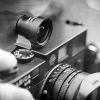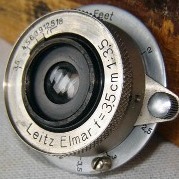Dual development - which one to use first?
-
Recently Browsing 0 members
- No registered users viewing this page.
-
Similar Content
-
First SL lens
By Orson,
- 9 replies
- 451 views
-
- 1 reply
- 101 views
-
- 1 reply
- 99 views
-
- 9 replies
- 732 views
-
- 17 replies
- 898 views
-




Recommended Posts
Join the conversation
You can post now and register later. If you have an account, sign in now to post with your account.
Note: Your post will require moderator approval before it will be visible.